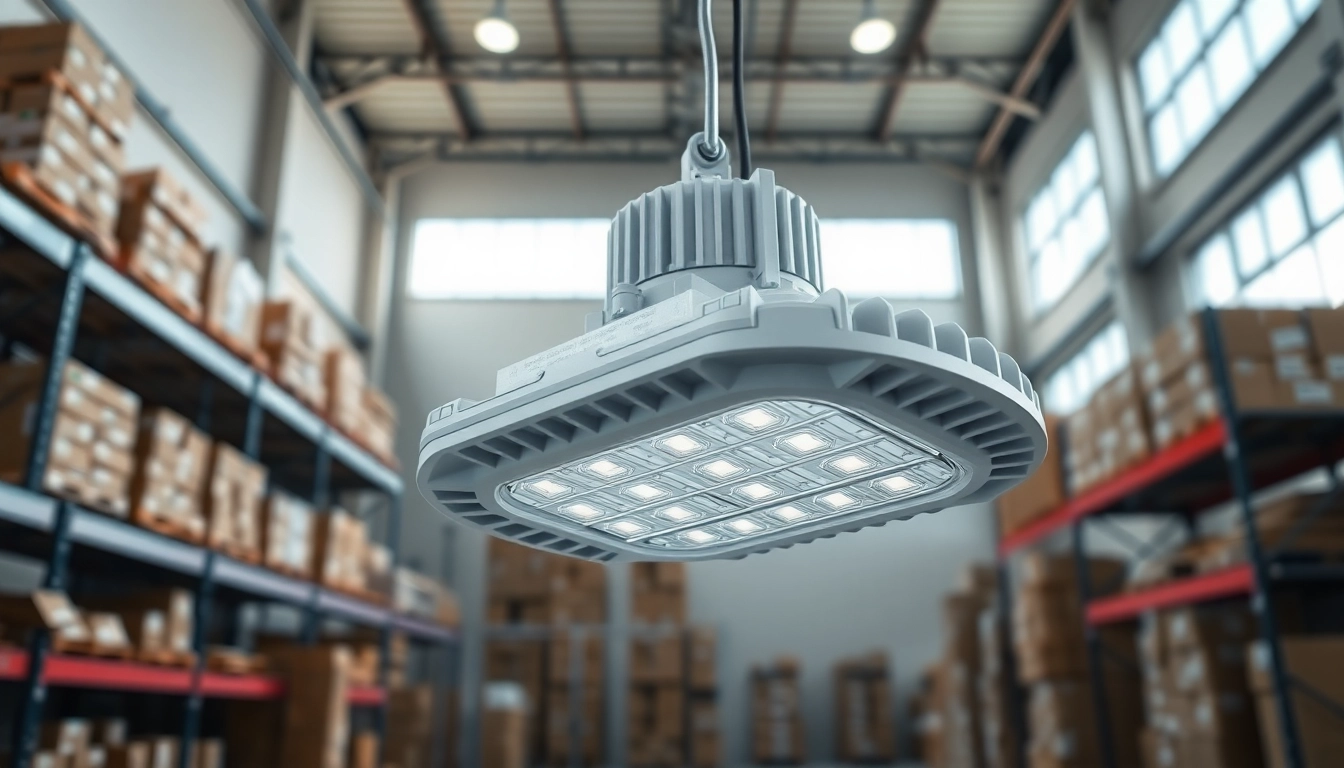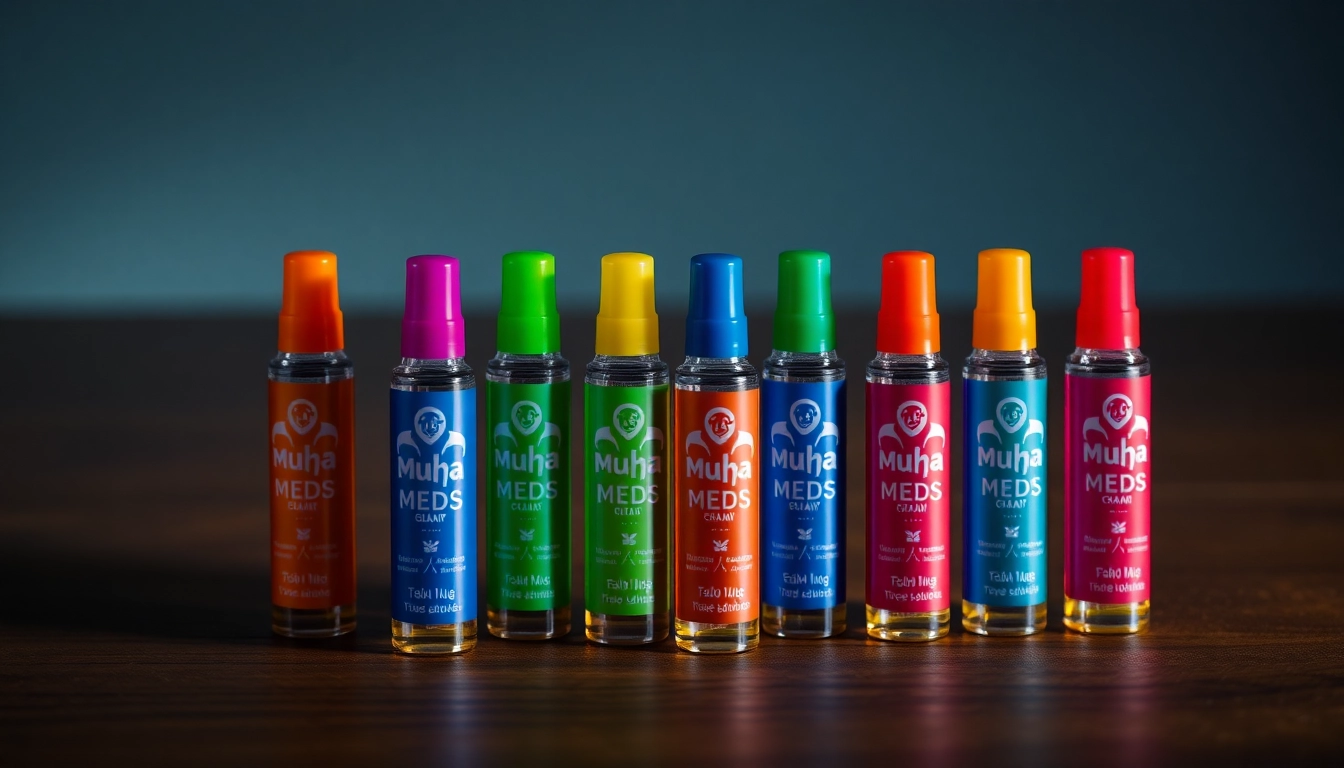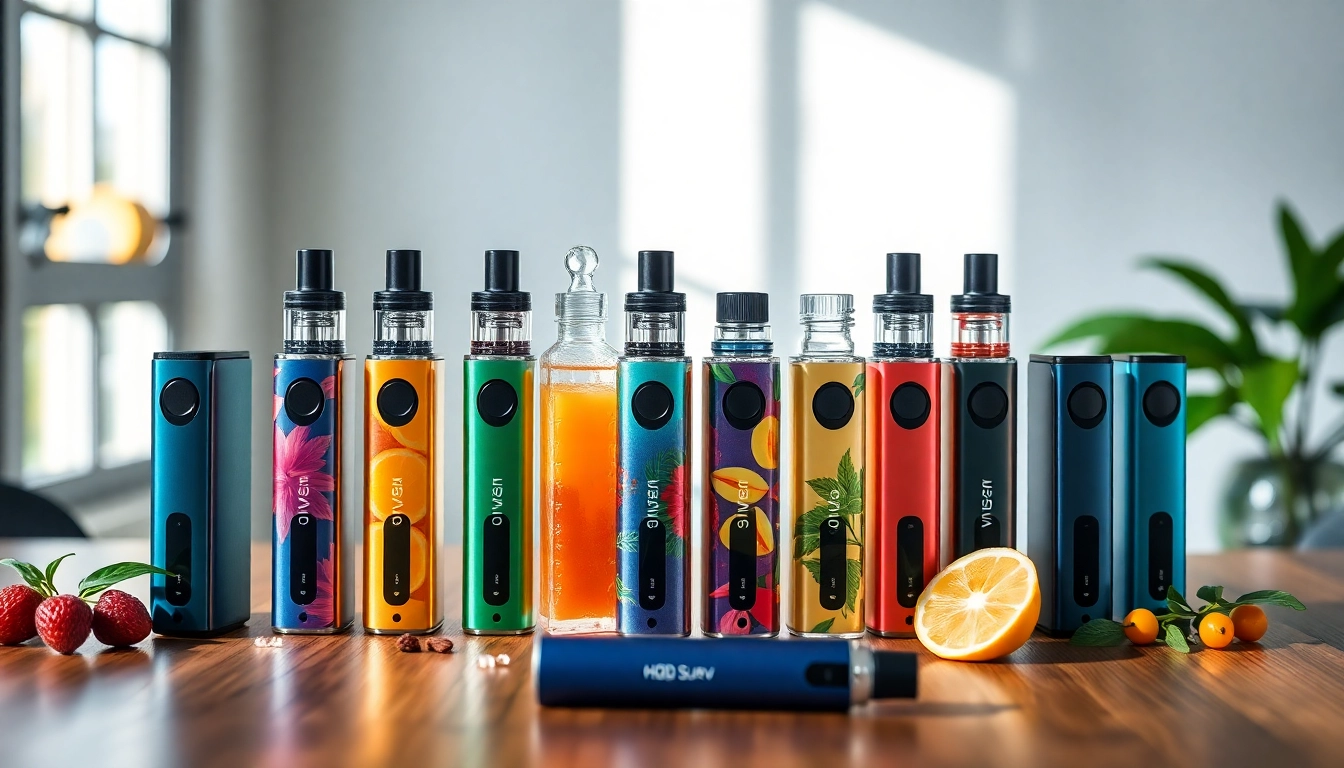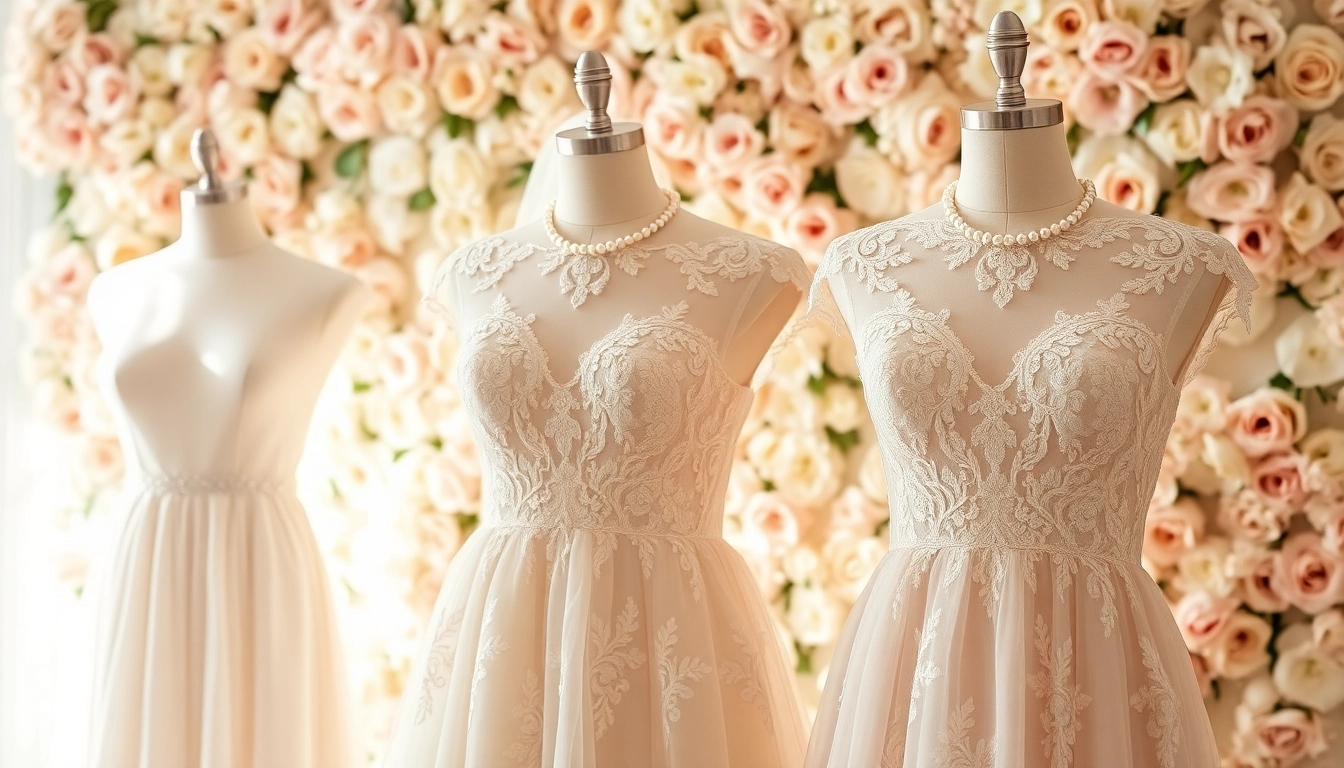Understanding the Importance of Vapor Proof Light
In environments where moisture, dust, and extreme conditions are prevalent, traditional lighting solutions may fail to provide the necessary safety and efficiency. Vapor Proof Light has emerged as a reliable solution, designed to withstand challenging atmospheres. This article will delve into the significance, applications, benefits, and essential safety standards surrounding vapor proof lighting.
What is a Vapor Proof Light?
A vapor proof light is specifically engineered to resist the infiltration of moisture and dust, ensuring reliability in hazardous locations. These lights are encased in robust materials like polycarbonate or glass, which are resistant to impacts and degradation over time. Additionally, vapor proof lights are often sealed to prevent moisture accumulation and potential electrical hazards.
Applications and Benefits of Vapor Proof Light
Vapor proof lights are versatile fixtures commonly found in sectors such as:
- Food Processing: Ensures hygiene and safety in environments that require stringent cleanliness.
- Industrial Areas: Suitable for warehouses and factories that expose lighting to dust and moisture.
- Agriculture: Provides safe illumination in greenhouses and barns, where humidity levels can be high.
- Wet Locations: Ideal for outdoor settings, parking garages, and other areas prone to water exposure.
The benefits of utilizing vapor proof lighting include enhanced safety, reduced maintenance costs, and improved energy efficiency. Additionally, their durability minimizes replacement frequency, contributing to cost savings over time.
Safety Standards and Compliance for Vapor Proof Light
Adherence to safety standards is paramount when selecting vapor proof lights. These fixtures often comply with regulations set by the Occupational Safety and Health Administration (OSHA), the National Electric Code (NEC), and Underwriters Laboratories (UL). Ensuring compliance reduces liability and enhances workplace safety, making it essential for organizations to choose products that meet these rigorous standards.
Key Features of High-Quality Vapor Proof Light
When selecting vapor proof lights, several key features should be considered to ensure optimal performance:
Durability and Material Considerations
The materials used in vapor proof lights greatly influence their longevity and performance. Look for fixtures made from materials such as:
- Polycarbonate: Highly impact-resistant and lightweight.
- Tempered Glass: Offers excellent resistance to high temperatures and impacts.
- Aluminum Housings: Resistant to corrosion and rust, ideal for harsh environments.
Moreover, high IP ratings (Ingress Protection) indicate superior protection against dust and moisture ingress, which is critical in assessing durability.
Energy Efficiency and Lifespan of Vapor Proof Light
Energy efficiency is another crucial factor influencing the choice of vapor proof lights. LED technology is often favored for its low energy consumption and long lifespan. Compared to traditional lighting solutions, LED vapor proof lights can last up to 25,000 hours or more, significantly reducing energy costs and replacement frequency.
Brightness Levels and Customization Options
Customization is vital as different applications may require varying brightness levels. Many vapor proof lights offer adjustable brightness settings or come in various lumens, allowing users to select the best option for their specific environment. Additionally, color temperature options can enhance visibility and visibility in critical settings.
Installation Guidelines for Vapor Proof Light
Proper installation of vapor proof lights is critical to ensure efficacy and safety. Follow these comprehensive guidelines for a successful installation:
Preparation and Planning for Installation
Before installation, assess the environment to identify the required number of fixtures and the best layout for optimal illumination. Ensure you have the right tools and materials, including appropriate anchors, screws, wiring, and protective gear.
Step-by-Step Installation Process for Vapor Proof Light
- Turn Off Power: Ensure all power sources are turned off to prevent electrical shocks.
- Mounting Fixture: Secure the bracket to the chosen surface using the correct anchors and screws.
- Connect Wiring: Follow the manufacturer’s wiring diagram. Connect supply wires to the fixture wire using wire nuts.
- Seal Connections: Use weatherproof connectors to seal and protect wiring from moisture.
- Attach the Fixture: Position the fixture on the mounting bracket and secure it according to specifications.
- Test the Fixture: Turn the power back on and test the fixture for functionality.
Common Mistakes to Avoid When Installing Vapor Proof Light
Some frequent installation errors include:
- Failing to adhere to the manufacturer’s instructions, which can lead to improper installation.
- Neglecting to adequately seal wire connections, increasing the risk of moisture ingress.
- Installing fixtures in non-compliant locations, leading to safety hazards.
By avoiding these mistakes, you can ensure a safer and more efficient installation.
Maintenance Practices for Vapor Proof Light
Regular maintenance of vapor proof lights is essential for longevity and performance efficiency. Implement these practices to ensure your fixtures are always functioning optimally:
Regular Inspection and Cleaning for Optimal Performance
Routine inspection should include checking for any signs of wear, discoloration, or moisture intrusion. Cleaning surfaces with a damp cloth and mild detergent helps maintain brightness and prevents any obstruction that could diminish output.
Replacing Components and Upgrading Vapor Proof Light Systems
Over time, components such as bulbs or seals may wear out and require replacement. Upgrading to newer technologies, like advanced LED systems, can also yield improved efficiency and performance, ensuring that your vapor proof lighting remains state-of-the-art.
Monitoring Energy Consumption and Performance
Regularly monitoring energy consumption can help identify any issues or inefficiencies. Keeping track of performance metrics ensures that any anomalies are detected early and addressed promptly, further optimizing energy usage.
Future Trends in Vapor Proof Light Technology
The world of lighting technology is ever-evolving. Awareness of upcoming trends can help users make informed decisions on future installations.
Advances in LED Technology for Vapor Proof Light
Ongoing advancements in LED technology are set to enhance the performance of vapor proof lights. Innovations in color rendering, brightness levels, and energy efficiency are transforming how these fixtures are utilized across various settings.
Integrating Smart Features in Vapor Proof Light Systems
The integration of smart technology into vapor proof lighting adds an additional layer of efficiency. Smart sensors for motion detection, adjustable color temperatures, and remote controllability are appealing features for modern installations, enhancing convenience and energy management.
Sustainability and Environmental Considerations for Vapor Proof Light
Sustainability is becoming a crucial focus in lighting technology, with an increasing need for products that contribute to energy conservation and environmental protection. Vapor proof lights made from recyclable materials and utilizing energy-efficient components reflect a growing trend towards eco-friendly practices.
Conclusion
Vapor Proof Lights offer an essential solution for illuminating challenging environments. By understanding their significance, key features, installation guidelines, maintenance practices, and future trends, you can ensure safe, efficient, and durable lighting solutions for your facilities. Investing in high-quality vapor proof solutions not only enhances safety but also substantially improves energy efficiency, making them indispensable in various sectors.



